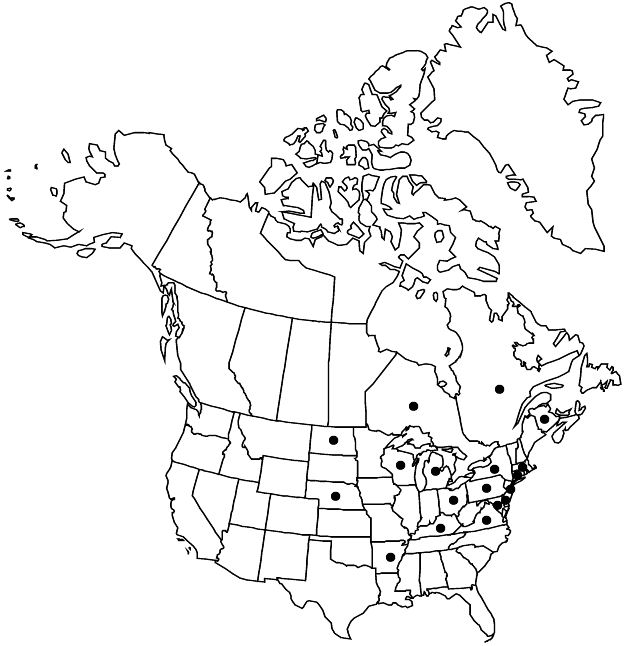Difference between revisions of "Althaea officinalis"
Sp. Pl. 2: 686. 1753.
FNA>Volume Importer |
imported>Volume Importer |
||
| (5 intermediate revisions by 2 users not shown) | |||
| Line 10: | Line 10: | ||
|special_status={{Treatment/ID/Special_status | |special_status={{Treatment/ID/Special_status | ||
|code=F | |code=F | ||
| − | |label= | + | |label=Illustrated |
}}{{Treatment/ID/Special_status | }}{{Treatment/ID/Special_status | ||
|code=I | |code=I | ||
| Line 19: | Line 19: | ||
|name=Althaea sublobata | |name=Althaea sublobata | ||
|authority=Stokes | |authority=Stokes | ||
| + | |rank=species | ||
}} {{Treatment/ID/Synonym | }} {{Treatment/ID/Synonym | ||
|name=A. taurinensis | |name=A. taurinensis | ||
|authority=de Candolle | |authority=de Candolle | ||
| + | |rank=species | ||
}} {{Treatment/ID/Synonym | }} {{Treatment/ID/Synonym | ||
|name=Malva officinalis | |name=Malva officinalis | ||
|authority=(Linnaeus) Schimper & Spenner | |authority=(Linnaeus) Schimper & Spenner | ||
| + | |rank=species | ||
}} | }} | ||
|hierarchy=Malvaceae;Malvaceae subfam. Malvoideae;Althaea;Althaea officinalis | |hierarchy=Malvaceae;Malvaceae subfam. Malvoideae;Althaea;Althaea officinalis | ||
| Line 40: | Line 43: | ||
|elevation=0–200 m | |elevation=0–200 m | ||
|distribution=N.B.;Ont.;Que.;Ark.;Conn.;Del.;Ky.;Md.;Mass.;Mich.;Nebr.;N.J.;N.Y.;N.Dak.;Ohio;Pa.;Va.;Wis.;Eurasia;n Africa. | |distribution=N.B.;Ont.;Que.;Ark.;Conn.;Del.;Ky.;Md.;Mass.;Mich.;Nebr.;N.J.;N.Y.;N.Dak.;Ohio;Pa.;Va.;Wis.;Eurasia;n Africa. | ||
| + | |introduced=true | ||
|discussion=<p><i>Althaea officinalis</i> is occasionally cultivated for ornament, food (especially for the mucilaginous root sap once used with sugar to make marshmallows), and as a medicine; it occasionally escapes. There are few recent North American collections.</p> | |discussion=<p><i>Althaea officinalis</i> is occasionally cultivated for ornament, food (especially for the mucilaginous root sap once used with sugar to make marshmallows), and as a medicine; it occasionally escapes. There are few recent North American collections.</p> | ||
|tables= | |tables= | ||
| Line 49: | Line 53: | ||
-->{{#Taxon: | -->{{#Taxon: | ||
name=Althaea officinalis | name=Althaea officinalis | ||
| − | |||
|authority=Linnaeus | |authority=Linnaeus | ||
|rank=species | |rank=species | ||
| Line 64: | Line 67: | ||
|publication title=Sp. Pl. | |publication title=Sp. Pl. | ||
|publication year=1753 | |publication year=1753 | ||
| − | |special status= | + | |special status=Illustrated;Introduced |
| − | |source xml=https:// | + | |source xml=https://bitbucket.org/aafc-mbb/fna-data-curation/src/2e0870ddd59836b60bcf96646a41e87ea5a5943a/coarse_grained_fna_xml/V6/V6_416.xml |
|subfamily=Malvaceae subfam. Malvoideae | |subfamily=Malvaceae subfam. Malvoideae | ||
|genus=Althaea | |genus=Althaea | ||
Latest revision as of 22:21, 5 November 2020
Herbs perennial, to 1.5 m. Stems erect, clustered, branched distally or unbranched, softly stellate-tomentose. Leaves: stipules somewhat persistent, usually caducous, linear-lanceolate, subulate, sometimes 2-fid or dentate, (2–)5–8 mm, densely stellate-hairy; petioles 1–6 cm, reduced on distal leaves, usually shorter than blade; blades of proximal leaves ovate or obscurely 3-lobed less than 1/2 to midrib, distal leaves deltate-ovate to ovate, (2–)4–10 × 2–7 cm, base truncate to cuneate, lobes acuminate or broadly acute to obtuse, middle lobe larger than others, deeply plicate, margins irregularly dentate to crenate-serrate, surfaces softly stellate-tomentose, ribs very prominent abaxially. Inflorescences solitary flowers or 2–4-flowered fascicles in leaf axil, sometimes aggregated apically into terminal false racemes. Pedicels/peduncles 0.5–4 cm; involucellar bractlets 8–12, erect, linear-lanceolate, 1/2 length of calyx, 6 mm, lobes 2–6 × 1–2 mm, stellate-tomentose. Flowers: calyx 8–10 mm, lobes narrowly ovate-acuminate, 6 mm, 2 times as long as tube, stellate-velutinous; petals usually pale pink, rarely white, cuneate-obovate, 7.5–15 × 6–13 mm, 2–3 times as long as calyx, apex obtuse or notched; staminal column 3–5 mm, glabrous or sparsely papillose-hairy; anthers in upper 1/2, dark purple; style 15–20-branched. Fruits partially concealed by incurved, somewhat accrescent calyx lobes, 7–9 mm diam.; mericarps 15–20, brown, unwinged, orbiculate-reniform, 1.5–2.5 × 2–3 mm, rugose, lateral surface smooth, membranous, dorsal surface stellate-tomentose with medial furrow. Seeds brown, reniform-round, 1.5–2 × 1–1.5 mm, glabrous. 2n = 42.
Phenology: Flowering summer–fall.
Habitat: Wet, disturbed areas, along streams, brackish sand, coastal marshes
Elevation: 0–200 m
Distribution

Introduced; N.B., Ont., Que., Ark., Conn., Del., Ky., Md., Mass., Mich., Nebr., N.J., N.Y., N.Dak., Ohio, Pa., Va., Wis., Eurasia, n Africa.
Discussion
Althaea officinalis is occasionally cultivated for ornament, food (especially for the mucilaginous root sap once used with sugar to make marshmallows), and as a medicine; it occasionally escapes. There are few recent North American collections.
Selected References
None.
